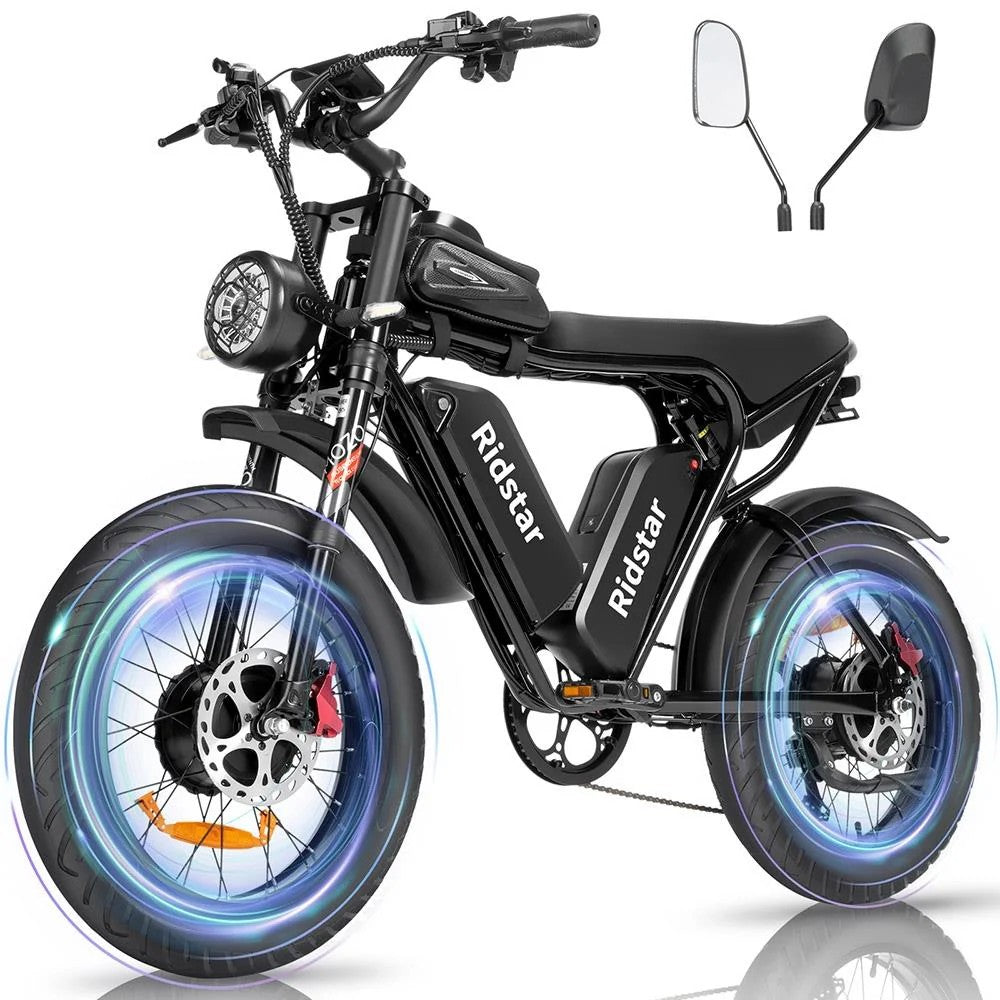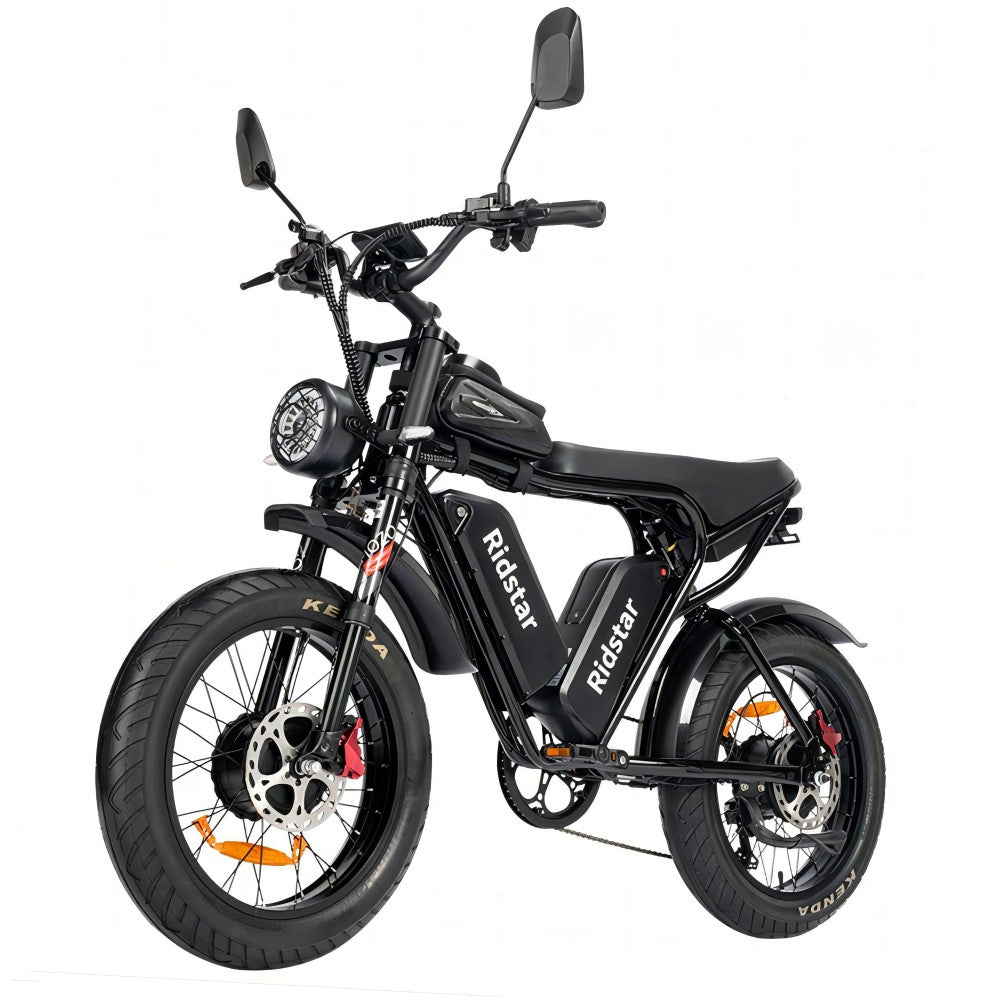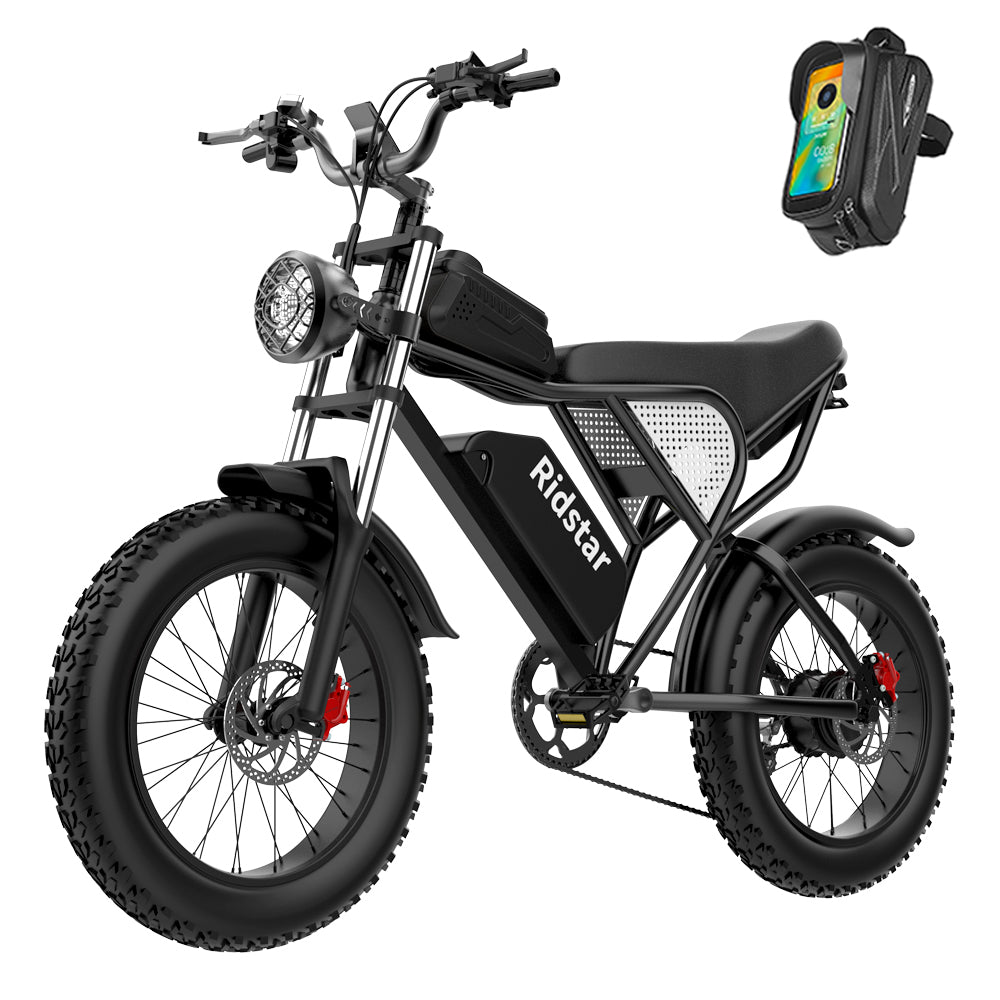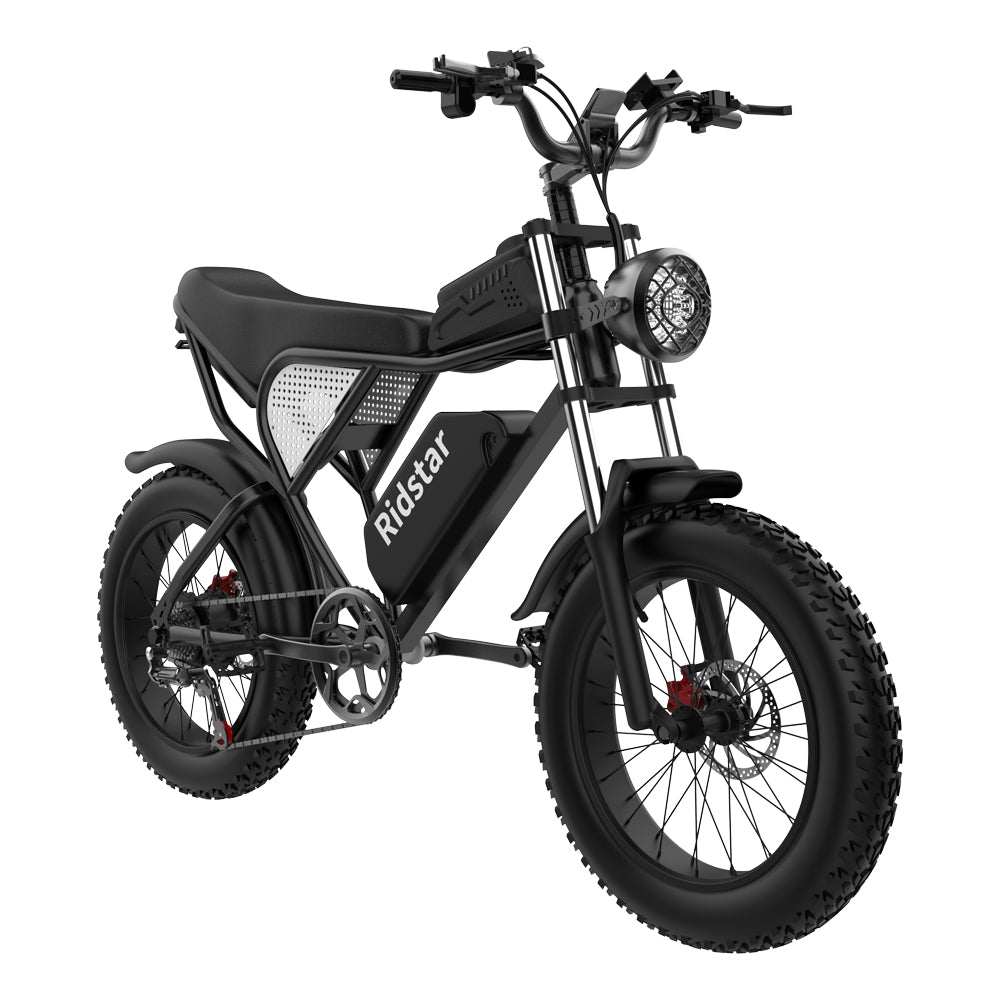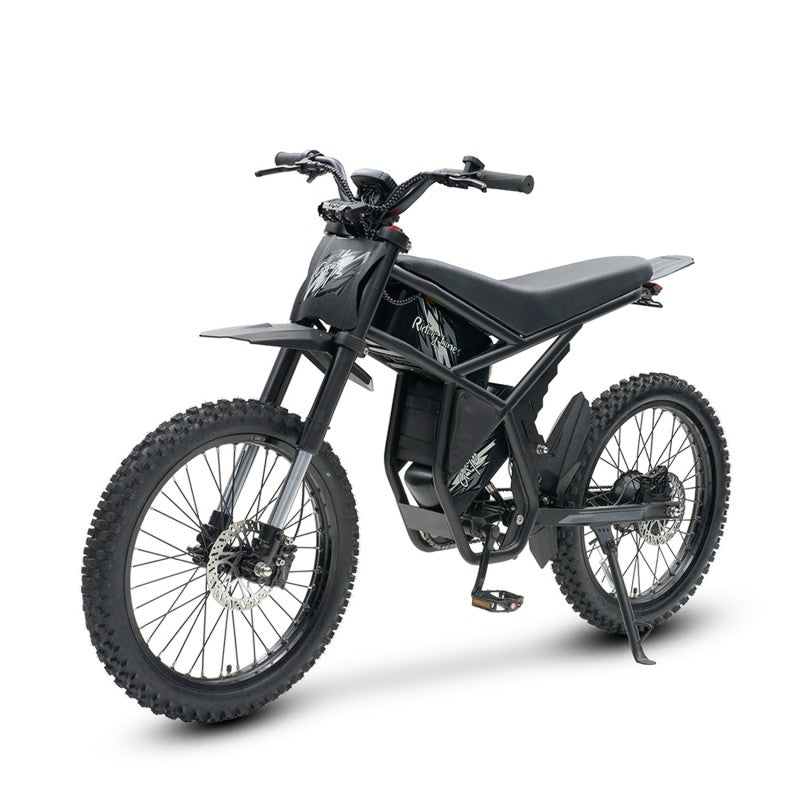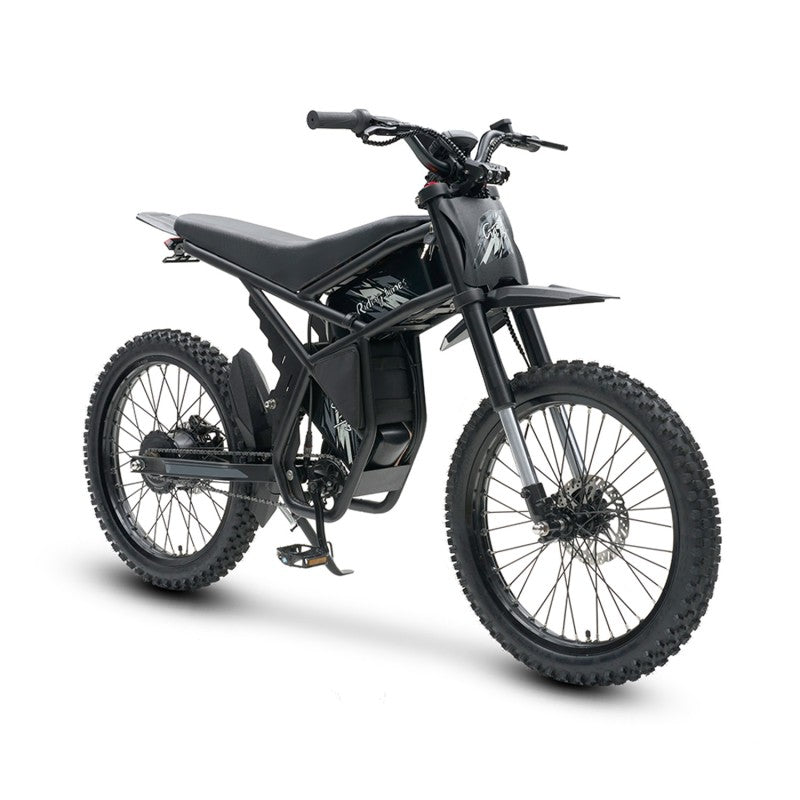Mastering Bicycle Braking: How to Use Front and Rear Brakes Safely and Effectively
As cycling grows in popularity, more riders are joining the community. But while enjoying the thrill of speed, how you brake in emergencies can be the difference between safety and danger.
New riders are often confused by warning labels like “Use rear brake first, then the front”, while experienced cyclists emphasize the importance of the front brake. So, who’s right? This guide will explain the braking principles and techniques you need to brake correctly and ride safely.
1. The Hidden Assumption Behind Newbie Brake Warnings
Many new bikes come with a label: “Use rear brake first, then front.” While this sounds like a safety rule, it’s actually intended only for completely untrained beginners—to prevent them from grabbing the front brake too hard and flipping over due to front wheel lock-up.
When it's applicable:
-
Flat roads
-
Speeds below 15 km/h
-
Nervous, first-time riders
Limitations:
In complex conditions like downhill rides, cornering, or mountain trails, this “rear-then-front” approach can cost you valuable stopping time and increase risk.
2. The Physics of Braking: Why the Front Brake Does Most of the Work
The core braking principle is simple: slow the bike by stopping the wheels via friction. But the front and rear wheels handle braking forces differently.
-
Front wheel provides ~70% of braking power
When you brake, your body weight shifts forward, increasing traction on the front wheel—making it the most effective for stopping. -
Rear wheel is prone to locking/skidding
The rear loses traction easily. Braking too hard can lead to fishtailing, especially on wet or curved surfaces.
Pro tip from veteran cyclists:
“Front brake determines if you stop. Rear brake determines how you stop.”
3. Scenario-Based Braking Guide
▍Scenario 1: Emergency Braking on Flat Road (Speed > 20 km/h)
-
Use both brakes: 70% front / 30% rear
-
Lightly press rear brake first to stabilize the bike
-
Then progressively increase front brake pressure (avoid sudden lock-up)
-
Shift your weight backward, lift your hips slightly off the saddle to avoid pitching forward
▍Scenario 2: Downhill / Curved Roads
-
Focus on controlled speed and early braking
-
Begin braking ~30 meters before a curve, primarily using the front brake
-
Use the rear brake to fine-tune your line
-
Never brake hard while turning—apply only light rear brake taps to avoid slipping
▍Scenario 3: Wet, Snowy, or Gravel Roads
-
Avoid heavy front braking
-
Front brake pressure should not exceed 50%
-
Use "pulse braking": squeeze fully → release 1/3 → squeeze again—repeat this cycle
-
This prevents wheel lock-up on slippery terrain
▍Scenario 4: Beginner Practice Phase (Speed < 15 km/h)
-
Follow the warning label: start with gentle rear brake use
-
Gradually introduce front brake to build muscle memory
-
Focus on feeling the relationship between brake force and bike stability
4. Common Braking Mistakes That Increase Risk
❌ Using only the rear brake:
On long downhills, this won't slow you enough and increases the risk of skidding or “drifting.”
❌ Grabbing both brakes fully at once:
Front wheel lock-up = guaranteed crash. Correct method: apply rear brake fully, and front brake just short of locking.
❌ Braking with the front in a turn:
The combination of centrifugal force + locked front wheel = 100% chance of sliding out. Always slow down before entering the turn.
5. Your Safety Toolkit: Gear and Awareness
-
Helmet: Essential for protection
-
Cycling gloves: Improve grip + protect palms during falls
-
Brake system checks:
-
MTB: Replace brake fluid every 500 km
-
Road bike: Check pad wear regularly
-
-
Situational awareness:
-
Use convex mirrors to see oncoming traffic in curves
-
Use a bell or shout to alert others in blind spots
-
Maintain a “3-second safety gap” from the rider ahead
-
-
Crash strategy:
-
If you're losing control, intentionally fall to the side with the bike
-
Let the handlebar or pedals absorb impact, not your palms
-
This reduces fracture risk by up to 70%
-
6. Advanced Braking Drills for Skilled Riders
-
Lock-up drills in an open area:
Practice intentionally locking the front brake to feel your bike’s limits -
Emergency swerve drills:
At 25 km/h, simulate a sudden obstacle and practice braking + swerving together -
Wet surface adaptation:
Practice on damp playgrounds to learn brake modulation on low-traction surfaces
Conclusion:
Braking isn't a “this or that” decision—it's a dynamic process that depends on your speed, terrain, and skill. New riders should transition from rear-dominant braking to a balanced front-rear technique. Advanced riders must master fine control in extreme situations.
Remember: the best brake is always your brain. Equipment and skills are your backup.
Before your next ride, spend 5 minutes checking your brake response. Let every stop be a safety buffer—not a dangerous surprise.









